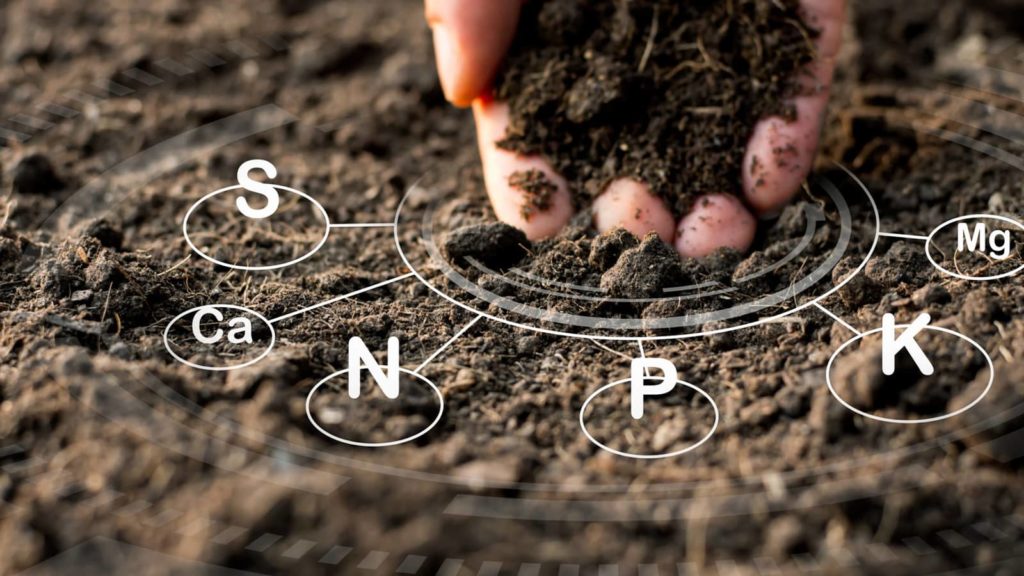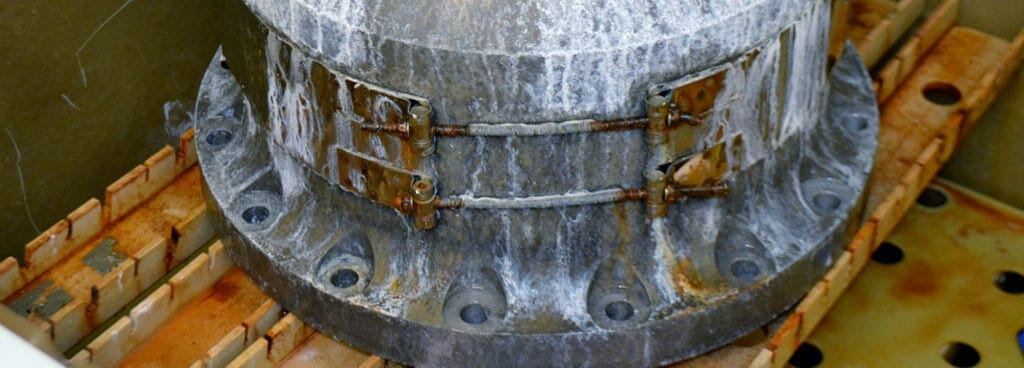Corrosion is one of the biggest issues for the industry. According to the World Corrosion Organization, the annual cost of corrosion is estimated to be 2.2 trillion USD, or over 3% of the world’s GDP. Corrosion can take various forms: general, galvanic, stress cracking corrosion, and manifests itself in different manners. It is not always easy to detect and quantify the extent of the damage caused by the corrosion. Eventually, if untreated, corrosion leads to structure failure and damage. That is why Nucleom offers corrosion services.
Nucleom detects and quantifies corrosion indications for asset assessment and repair. As repairs become increasingly expensive to execute, mindsets are shifting to preventive actions and monitoring techniques to extend the asset life. With that concern, industrials wish to understand the causes of the corrosion and find solutions to mitigate the degradation of the installation. Nucleom answers this concern by offering corrosion services within its metallurgy department to investigate corrosion mechanisms, determinates their causes and finds solutions.
Corrosion Analysis
Once corrosion indications are found in assets, owners are concerned about the corrosion rate. Nucleom has a wide range of NDT technologies that accurately measure the remaining thickness and calculate the corrosion rate. When NDT results show a highly corroded section (as high as 30 mpy), the concern shifts to the cause of the corrosion.
Nucleom offers the analysis of steel coupons to understand the corrosion mechanism involved and suggests corrective actions. First, a preliminary analysis of the coupon is made to identify corrosion patterns and pit morphology. Samples are cut from the coupons for EDS (Energy Dispersive Spectroscopy) analysis. It allows to identify the different corrosion by-products and foreign elements like calcium, chlorine and sulfur. Once EDS samples cut, the coupon is thoroughly cleaned with a nylon brush to reveal its topography: Corrosion residues are loosened, revealing deeper spikes. Those areas are cut, and their cross section analyzed to measure the remaining thickness. Microstructure analysis is also done on a sample to validate whether there is internal corrosion. At the end of the analysis, an extensive report is created highlighting the cause of the corrosion and the corrective actions possible.
As part of an API 653 inspection, Nucleom has developed a comprehensive service to assess the corrosion of floor tanks. As the analysis of the coupons provides only half of the answer, the analysis of the environment is recommended to obtain a global picture of corrosion mechanism. In addition to the coupon analysis, Nucleom offers:
- Analysis of the soil underneath to provide a general picture of the environment.
- Tests for Bacteria responsible for Microbial Induced Corrosion (MIC).
These additional results are added to the report and enhance the comprehension of the degradation.
Soil Analysis
Soil is mostly an unfriendly environment for metals, especially steels. The latter can be subject to attacks from underground water, microorganisms, acidity and alkalinity. Each attack has a different signature on the corroded metal like pitting morphology and corrosion by product. Therefore, analyzing soil sample for pH level, conductivity, anions, Redox potential (oxidation / reduction potential), provide a global picture of the soil and its ability to corrode steel.
Nucleom offers soil collection and the analysis in an environmental laboratory to complement a corrosion analysis study when necessary. As a qualitative measure, Nucleom offers soil resistivity measurements using the Wenner Four Electrode Method. This technique allows a direct measurement of the soil resistivity and can be a first step for assessing the ground corrosiveness. Based on API, ASTM, and NACE standards, there is a qualitative relationship between the soil resistivity and potential corrosive activity (ex: resistivity lower than 500 Ohm.cm is considered very corrosive – API RP 651 Table 1).

Microbial Induced Corrosion (MIC) & Bacteria Activity Reaction Test (BART)
One issue that industrials are concerned about is Microbial Induced (or Influence) Corrosion (MIC). Either the asset is laying on the ground, buried, or transporting product, MIC corrosion may occur and may result in rapid degradation (high corrosion rate). Microorganisms involved in MIC are numerous: reducing and oxidizing microorganisms (SRB, IRB, SOB), methanogens, or fungi. To protect assets, owners shall identify the type of microorganism responsible for the corrosion to use the appropriate inhibitors to mitigate the damages.
Nucleom offers both qualitative and semi-quantitative tests to identify the presence of bacteria involved in MIC. Bacteria Activity Reaction Tests are used on collected samples (water or soil). Those tests are bacteria incubators with a specific medium for each type of bacteria. The qualitative test is a pass or fail test indicating the presence of bacteria (ex: SRB or APB – See figure below). The semi-quantitative test measures duration until a positive reaction occurs: a rapid reaction indicates that the bacteria population is important and active, whereas a long reaction indicates that the bacteria population is small or inactive. Therefore, based on the result of the semi qualitative test, the corrosiveness of the soil due to that type of bacteria can be assessed.

Are you facing inspection challenges?
Our team of specialists is here to assist you. Discover how our services can effectively and professionally address your inspection needs.
